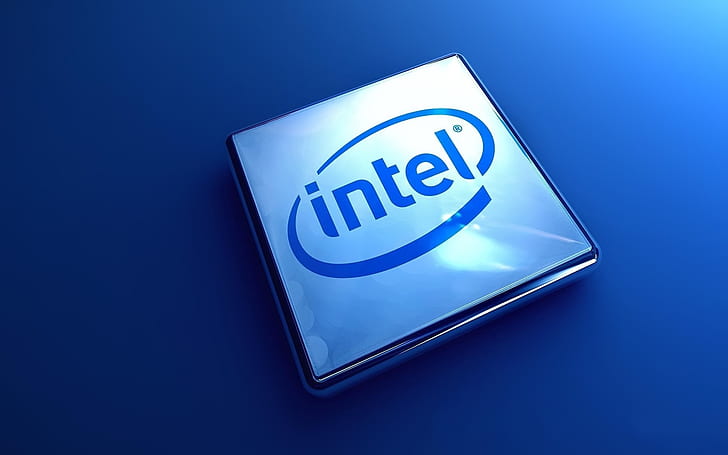At the symposium IEEE VLSI last month, Intel met with other developers, who said they were ready for a “node reduction for semiconductor manufacturing”, which will have a significant impact on the market. The company’s information came as a surprise due to production delays in recent years, as 10nm process nodes were unable to compete with the current 14nm process technology that has been working well for the company for quite some time. DigiTimes also reports that Intel 3 will begin ramping up production in the second half of next year and will offer an 18% increase in performance over Intel 4.
The new Intel Node 4 will be the centerpiece of the Meteor Lake series, the recent 14th-generation consumer Core processors codenamed Meteor Lake, and enterprise-grade Granite Rapids CPUs, and hopefully the company can continue in this way to to meet the estimated launch. period and partners and users do not continue to disappoint.
Intel Meteor Lake is also expected to be the first chiplet-designed processor for volumetric production, using a flexible architecture (tiled structure) and Foveros 3D packaging technology. AMD and others plan to offer APU technology and use integrated graphics with process technologies TSMCs N5 and N4 While Raptor Lake, the successor to the 12th-generation Core Alder Lake series, has yet to be released, it seems that Intel plans to be fully ready for the next release or the next.
Additionally, Intel said it wants to make its new processors the best possible market choice for its buyers. According to reports, the Raptor Lake line won’t come close to meeting the same potential as the substantial Meteor Lake series, which will position itself between high-end desktop and mobile sections in the new year. It is also said that the Intel chips will compete directly with the new ones in the series AMD’s Ryzen 7000
Source: Lega Nerd













